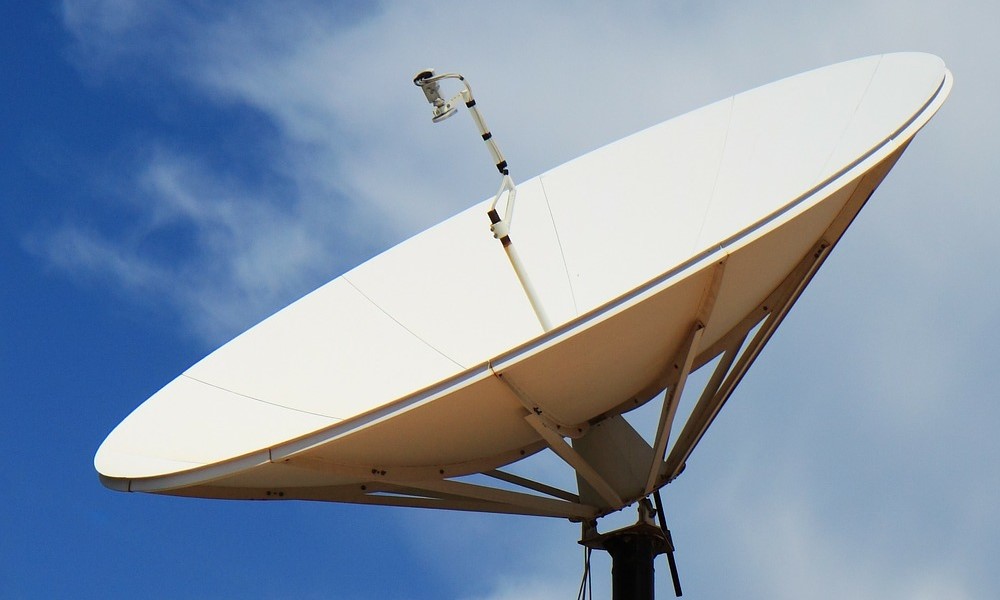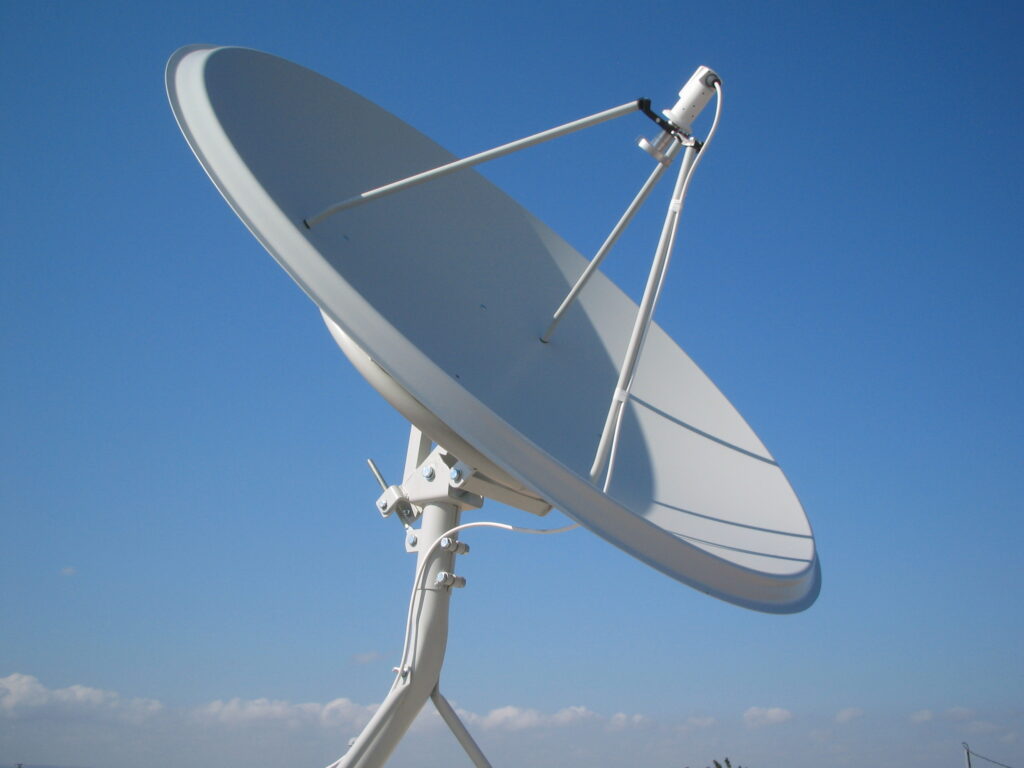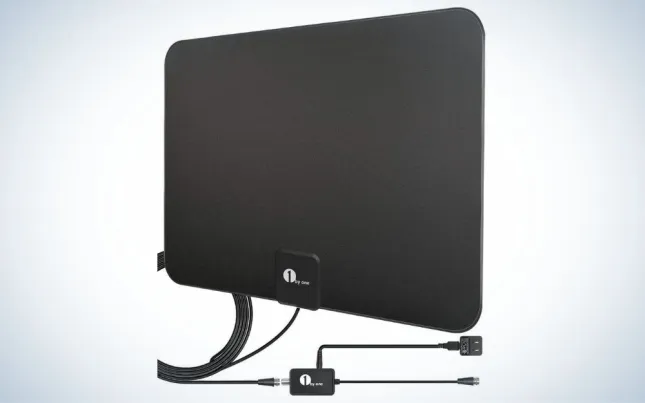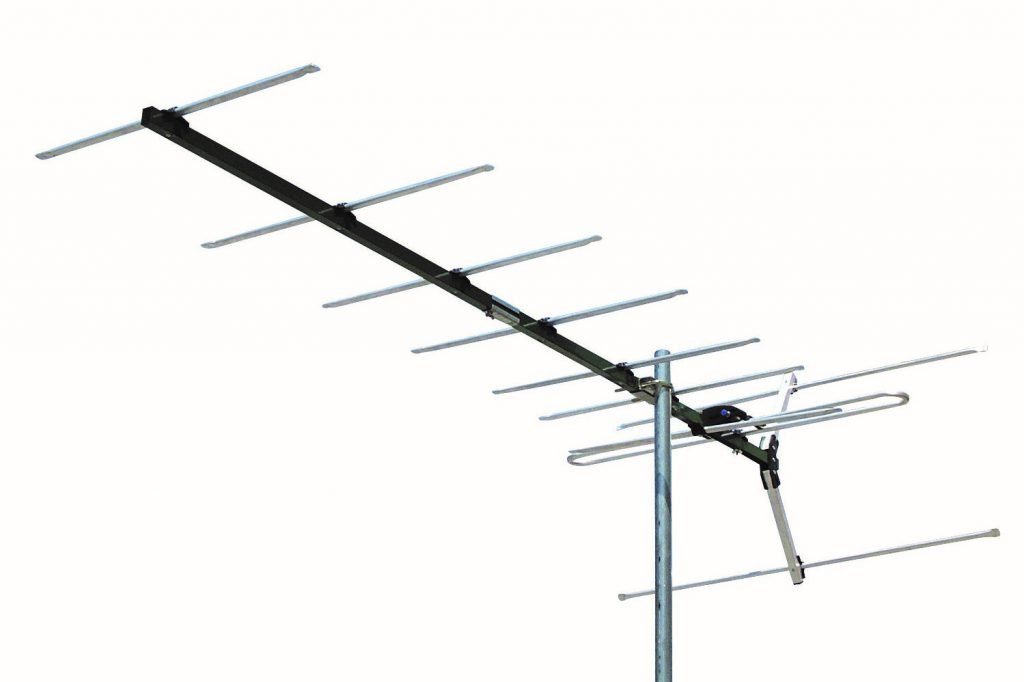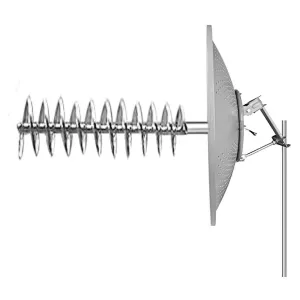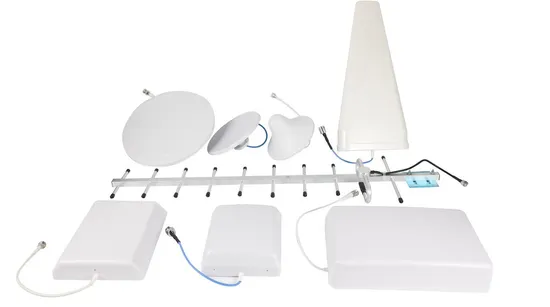How to Choose a VSAT Antenna | 5 Key Reliable Satellite Internet
When choosing a VSAT antenna, consider: 1. Diameter, usually between 0.9 and 2.4 meters; 2. Gain level, high gain improves signal quality; 3. Frequency band support, such as Ku or Ka band; 4. Ease of installation; 5. Durability, ensuring it can withstand severe weather. The right choice can achieve a stable connection reliability of more […]
How to Choose a VSAT Antenna | 5 Key Reliable Satellite Internet Read More »

